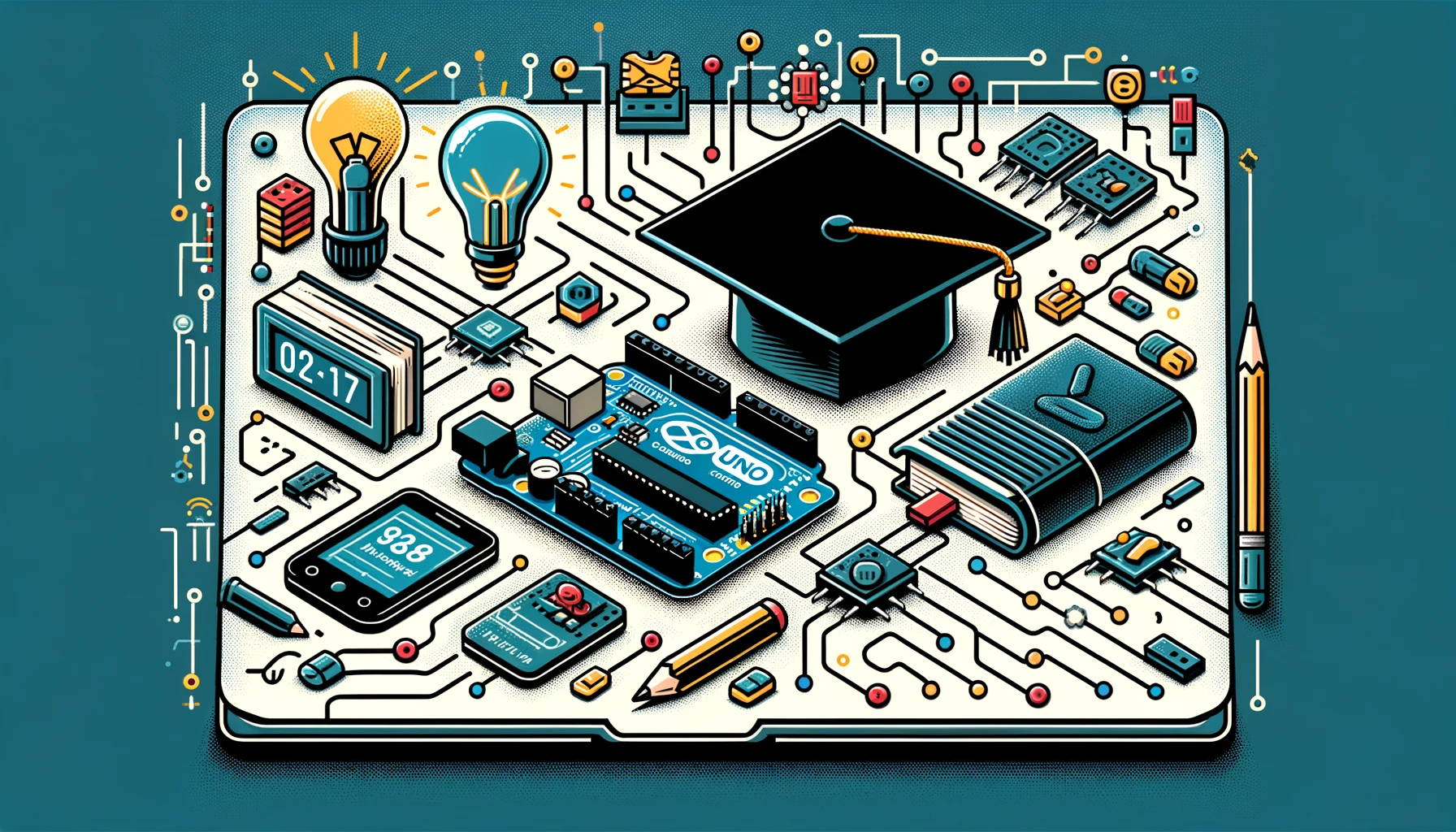As we steer into an era dominated by IoT and smart technology, the Arduino Uno board stands out as a beacon of innovation, especially for students. This compact microcontroller board is not just a tool but an entire ecosystem that fosters creativity and practical learning.
The Arduino Uno Ecosystem
The Arduino Uno is part of a larger ecosystem that includes a range of software tools, community support, and expansion modules known as "shields." At the heart of this ecosystem is the Arduino IDE (Integrated Development Environment), an open-source platform where you can write and upload code to the Arduino board.
This ecosystem is supported by a vast, global community of enthusiasts ranging from professional engineers to hobbyists. Online forums, social media groups, and local clubs provide platforms where students can share projects, seek advice, and collaborate on new ideas.
Understanding the Arduino Uno Board
The Arduino Uno board, with its ATmega328P microcontroller, is a versatile tool for building electronics projects. It has 14 digital input/output pins, 6 analog inputs, a USB connection for programming, a power jack, and a reset button. These features make it capable of supporting a multitude of sensors and actuators.
Benefits for Students
- Ease of Learning: The simplicity of the Arduino programming language (based on C/C++) makes it accessible for beginners. Its straightforward syntax allows students to grasp the fundamentals of coding and electronics.
-
Hands-On Experience: Arduino Uno offers practical experience in electronics and programming, reinforcing theoretical knowledge with tangible results. This hands-on approach is invaluable in STEM education.
-
Affordability: With a cost-effective price point, the Arduino Uno is accessible to a wide range of students, making it a staple in classrooms and personal projects.
-
Project Flexibility: From simple LED displays to complex robots, the Uno can handle it all. Its versatility allows students to start with basic projects and scale up to more complex systems as their skills develop.
-
Community and Collaboration: The collaborative nature of the Arduino community encourages peer-to-peer learning and teamwork, essential skills in any field of study.
-
Real-World Applications: Projects built with the Uno can solve real-world problems. Students can create anything from automated garden controllers to wearable health monitors.
Getting Started with Arduino Uno
Starting with the Arduino Uno is as easy as connecting it to a computer with a USB cable, downloading the Arduino IDE, and loading one of the many example sketches to see the board in action. Students can begin by blinking an LED (the "Hello, World!" of electronics) and gradually progress to more complex tasks like controlling motors or collecting sensor data.
Conclusion
The Arduino Uno board is more than just a piece of hardware; it's a gateway to understanding the intricacies of the electronic world. For students, it offers a canvas to paint their innovations and bring their theoretical learning to life. The benefits of using the Uno board extend beyond the classroom, fostering problem-solving skills and creativity, and preparing students for a future where technology is omnipresent.
As educators and students embrace the Uno, the board continues to evolve, proving that even the simplest tools can have a profound impact on education. Whether you’re a beginner in electronics or an experienced maker, the Arduino Uno is your companion in the journey of discovery and innovation.
